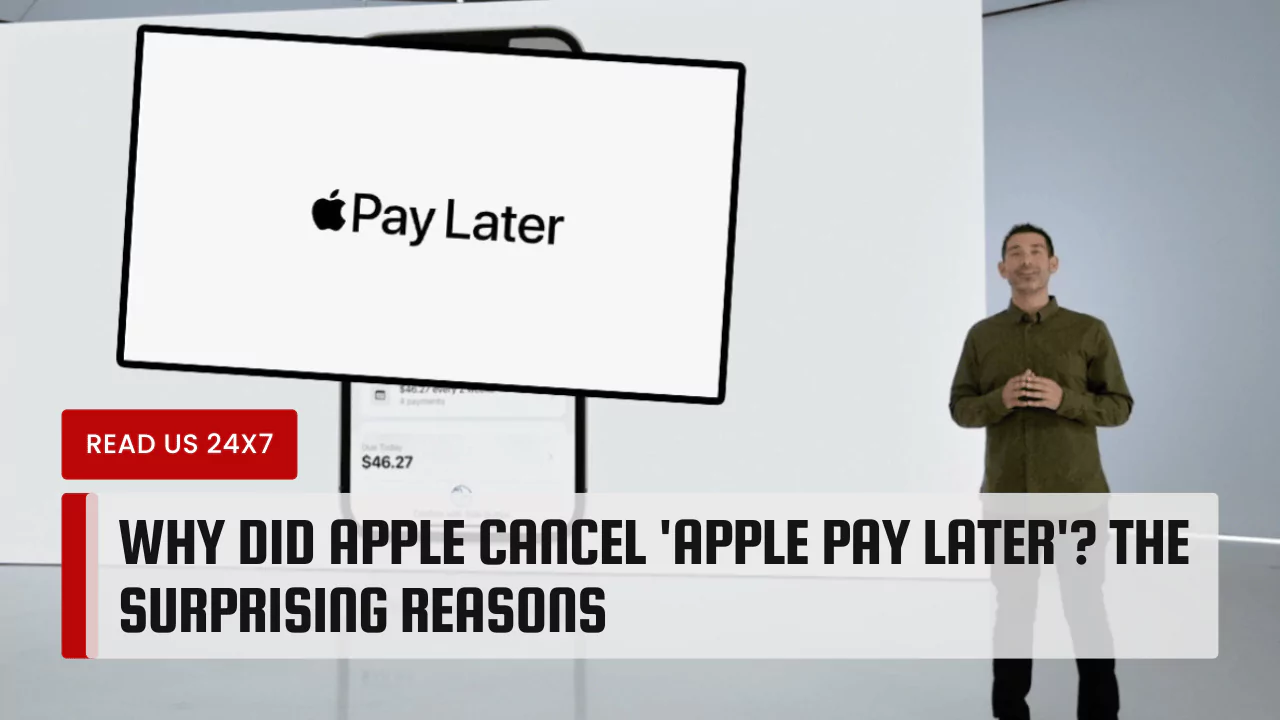Apple decided to discontinue its existing Pay Later service to make way for a more extensive and global installment loan program through Apple Pay. The Pay Later service, which allowed users to split purchases into four payments over six weeks with no interest or fees, is being replaced by this new loan offering.
The company aims to collaborate with more FinTech players globally and expand the revamped program to additional markets. This change aligns with Apple’s strategy to provide users with easy, secure, and private payment options, offering flexible payments to a wider audience across the globe.
The new loan service will encompass credit and debit cards as well as partnerships with various lenders, providing users with even more payment flexibility and accessibility through Apple Pay.
Reasons for Discontinuing Apple Pay Later
Limited Duration of Availability
The short-lived existence of Apple Pay Later raises questions about its feasibility and sustainability. Despite being introduced to U.S. customers just over six months ago, the service has swiftly been withdrawn. This brevity indicates that Apple may have encountered unanticipated challenges or limitations in maintaining the offering.
Competition from Established BNPL Services like Affirm and Klarna
Apple entered a highly competitive market dominated by established ‘buy now, pay later’ (BNPL) services such as Affirm and Klarna. These companies have already established strong footholds in the industry, making it difficult for Apple to carve out a significant share of the market. Faced with formidable competition, Apple may have deemed it strategically prudent to exit the sector and redirect its resources to areas where it can exert more influence.
Effects on Consumer Choices
Disappearance of No-Fee, No-Interest Options
With the discontinuation of Apple Pay Later, consumers lose access to a no-fee, no-interest payment option that Apple was initially attempting to provide through this service. This elimination potentially limits the flexibility and affordability of payment choices for Apple customers.
Shift to Alternative BNPL Services
In the absence of Apple Pay Later, consumers may pivot towards alternative BNPL services offered by companies such as Affirm and Klarna. These established players already have a loyal user base and offer a range of flexible payment options, filling the void left by Apple’s departure from the BNPL space.
Other Payment Options Besides Apple Pay Later
Established BNPL Providers
Affirm and Klarna, as key players in the BNPL arena, continue to provide consumers with convenient payment solutions and will likely witness heightened attention following Apple’s exit. These platforms offer a variety of payment plans and terms, catering to a wide range of consumer needs.
Conventional Credit Card Solutions
In the absence of specialized BNPL services like Apple Pay Later, consumers may resort to conventional credit card solutions to manage their purchases. This shift may signify a return to more traditional payment methods for those who previously favored Apple’s BNPL offering.
In conclusion, Apple’s decision to discontinue ‘Apple Pay Later’ was influenced by a combination of factors including limited duration of availability and intense competition from established BNPL services like Affirm and Klarna. This withdrawal may impact consumer choices by removing a no-fee, no-interest payment option and potentially prompting a shift towards alternative BNPL services or conventional credit card solutions. As Apple redirects its focus, consumers will undoubtedly assess and adapt to the evolving landscape of payment options.



